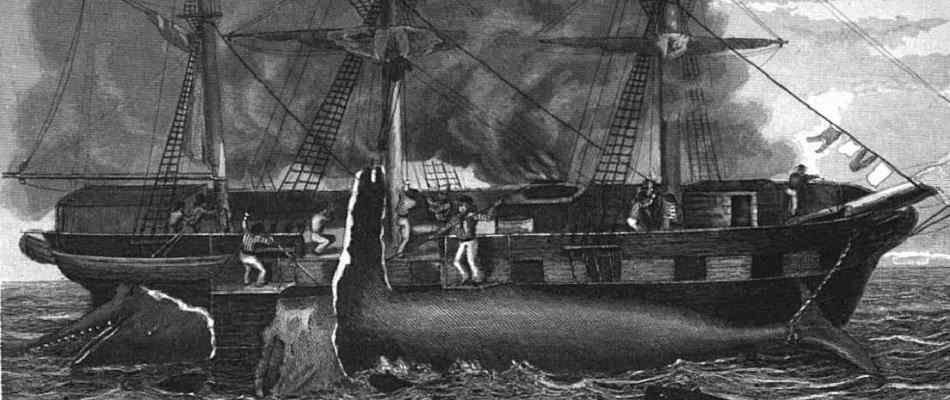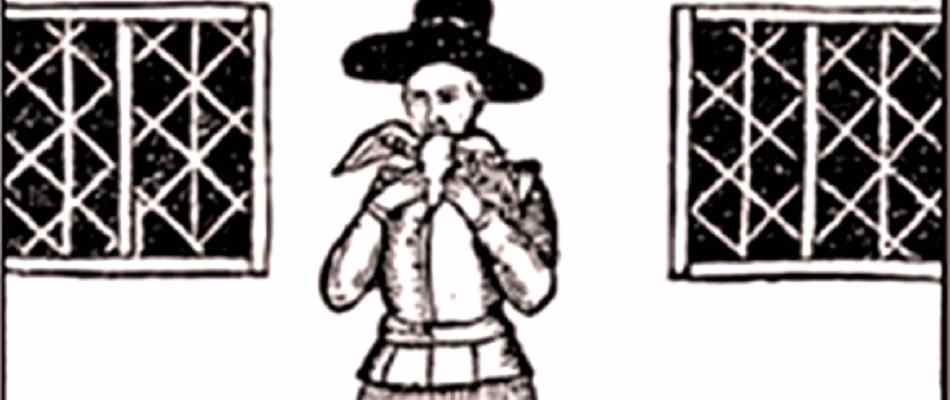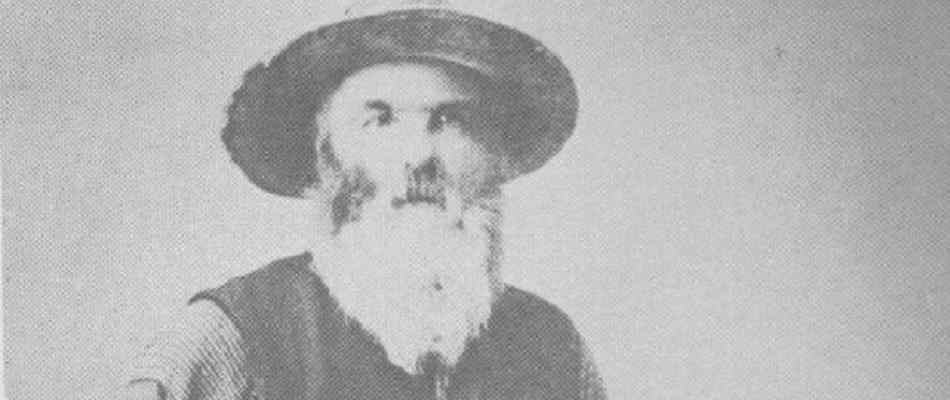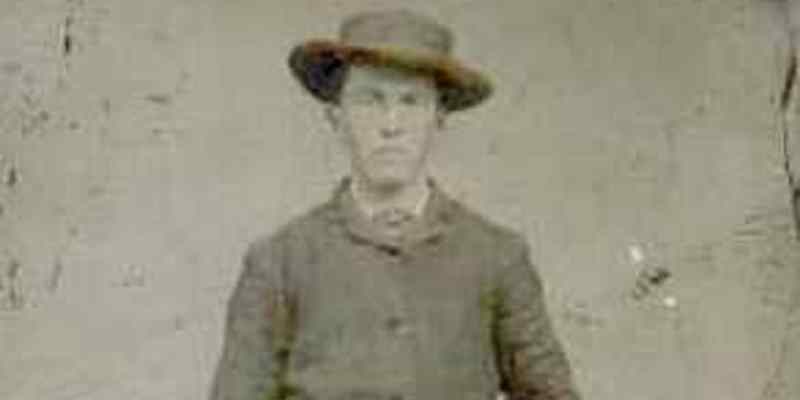Horror auteur Eli Roth completed the film The Green Inferno in 2013, inspired by the gruesome cannibalism flicks of the ’70s and ’80s, such as Cannibal Holocaust and Cannibal Ferox. The plot follows a group of young activists who travel to the Amazon to assist an endangered tribe, but find themselves held hostage by the same tribe they were intending to save. It premiered that year at the Toronto International Film Festival, and was meant to be released in September 2014, but was delayed indefinitely due to financial difficulties with the production company.
Horror fans and gorehounds alike have been anxiously awaiting the release since before it was announced, but at times it has seemed as if the picture would never grace cinema screens. However, the wait is almost over and the world at large will finally get to see the film very soon. As we previously announced, it is set to grace theaters on September 25th via Blumhouse Tilt and Universal.
In preparation for this long-awaited viewing experience, we here at Wicked Horror would like to invite you to a journey back in time, shedding the strictures of fiction in favor of reality as we examine Five Horrifying Historical Acts of Cannibalism.
Well, we can’t fully shed the strictures of fiction in these accounts of cannibalism. They happened so long ago and have been passed along from one person to another with such regularity that certain details have inevitably been altered, either erroneously or through the desire to make a more exciting story. All of these have a definite basis in reality, but time has turned aspects of them into myth and legend. They have very much become enigmatic, which only serves to make them all the more interesting. And all the more powerful as campfire tales.
Also See This Related Article on The Terrible Reality of Cannibalism
The Essex
On August 12, 1819, the whaling ship the Essex left port in Nantucket on what was intended to be a voyage that lasted more than two years. It seemed almost destined for tragedy. A storm nearly sunk it after only two days at sea; and when stopping on Charles Island in the Galapagos, a careless practical joke set nearly the entire island aflame—an incident suspected of rendering the Floreana Tortoise and the Floreana Mockingbird extinct. In November of the following year, the Essex was attacked by a killer whale, capsizing it. With a crew of 20 men and only three smaller boats among them, their first instinct was to row to the nearest landmass, but decided against it, as those islands were rumored to be populated by cannibals. Instead, they took their chances at sea, hoping to be spotted by another ship. They were further harassed by whales at night, and continued to decline in health due to their lack of rations. After one man perished, he was cut apart and consumed by others in a horrifying act of cannibalism. As others died, they succumbed to cannibalism, as well. The three boats, which had managed to stay together this long, became separated. Four men remained alive on the boat of Captain George Pollard, and none of them seemed close enough to death for the others to wait out the clock. Instead, they drew lots to see who would be the next to go, sealing the fate of Pollard’s young cousin Owen Coffin. He was shot and promptly eaten. Another man died, and he too was eaten. Pollard and the only other survivor on the boat, Charles Ramsdell, had taken to breaking the bones and sucking out the marrow. When, after more than three months of being lost at sea, they were rescued by the American ship the Dauphin, Pollard and Ramsdell deliriously stuffed their pockets with the skeletal remains of their crew members, and continued to gnaw on the bones well after they were taken aboard.
TarrareTarrare was a French showman in the late 1700’s, and something of a medical marvel. He had an absolutely insatiable appetite that seemed to grow worse as he got older, and a steel gut that that could handle all manner of abuse. He earned his wage by performing, eating not only massive amounts of food before an audience, but also that which was not meant to be consumed—including corks, rocks, and silverware. After entering into the military, his commanding officers observed his peculiar abilities and opted to use it to their benefit by placing secret messages in a container and having him swallow it, only to excrete it later at a designated place. He did not possess the stealthiness to excel as a courier, however, and the experiment ended quickly. He became acquainted with a military doctor, and asked for his assistance in sating his appetite. All of the attempts failed, and if anything, his appetite increased. Unable to survive on the meager rations he was allowed, he took to eating the offal from butcher houses, whatever he could scrounge up from refuse piles, and things of a much less savory nature. Having been seen consuming live animals regularly, and caught on at least one occasion drinking the blood that had been removed from patients and eating from the bodies of the dead, he fell under suspicion when a fourteen month old baby went missing nearby. As there was no evidence of his involvement, though, he was simply banished from camp and not seen again until he was near death. Almost immediately after dying, his body began to decay, allowing only a cursory examination before even the chief surgeon couldn’t bear to go any further.
In 1820, Irish criminal Alexander Pearce was sent to Van Diemen’s Land in Tasmania for the theft of six pairs of shoes. Two years later, Pearce was among eight convicts who escaped. After running out of rations, some of the fugitives left the group. The remaining members eventually succumbed to hunger and exhaustion, and drew lots to see who would become a food source. The loser was killed with an axe and eaten by the others; more followed shortly thereafter, and when Pearce was captured after 49 days, he was the only survivor, having won a power struggle that began as their numbers dwindled. He admitted to committing acts of cannibalism, but the authorities thought that he was lying in an effort to protect his comrades as they continued to flee. He was merely returned to prison, but a year later, he escaped again with another convict. This time, he was found with scraps of human flesh in his pockets, although he still had rations in his possession. With no doubt about his penchant for cannibalism this time, he was sentenced to die, and hanged on July 19, 1824.
John Johnson earned the nickname “Liver-Eating” Johnson after his wife was killed by warriors of the Crow tribe in 1847. She had been left behind in their cabin while he went out for a season of hunting and trapping, and when he returned, he found her remains…and the remains of his unborn child, killed by a hunting party of Crow tribe warriors. Thereafter, he engaged on a years-long, solitary war against the Crow, killing hundreds of them and consuming their livers for reasons unknown. The Crow chief dispatched a party of his 20 greatest warriors to eradicate Johnson, and not a single one ever returned. Later, members of the Blackfoot tribe captured him and intended to sell him to the Crow, but Johnson escaped during transport in a most violent fashion. He gnawed his way out of his bindings, surprised one of the Blackfoot, and killed him with his bare hands. Taking the native’s knife, he cut off the man’s leg. Wielding the knife with one hand, and using the severed limb as a club in the other, Johnson fought his way to safety, consuming the leg after it was of no further use as a weapon. After decades of violence, he somehow made peace with the Crow and began to refer to them as brothers. As evidence of how much times have changed, he spent the later years of his life as a fully-bonded lawman.
After his teenage wife divorced him because of his physical abuse, the man who would become known as the Kentucky Cannibal decided to head to California with his cousin in 1850, hoping to find gold. When his cousin changed his mind, Helm became enraged and stabbed him in the chest, killing him. Helm was captured and placed in an asylum, but eventually escaped and continued his trek to California. Along the way, he got into many altercations, most of them resulting in the other man’s death. When joining forces with a group of six other outlaws, he confided to them with the famous quote, “Many’s the poor devil I’ve killed, at one time or another… and the time has been that I’ve been obliged to feed on some of ’em.” Attacks from Native Americans, exposure to the elements, and a lack of supplies resulted in there being only two survivors in the group: Helm, and a man named Burton. When Burton could not continue on, Helm abandoned him, but returned after hearing the gunshot of Burton ending his own life. Helm cut off both of his legs, eating one of them in an act of self cannibalism and taking the other with him for later. Life on the lam continued, and seemingly everyone who accompanied him or assisted him wound up dead, if not eaten. He was eventually apprehended with the outlaw Henry Plummer and his gang, all of them sentenced to hang for their crimes. He bid his companions farewell, telling them that he would see them again in Hell, and as the executioner approached him, he exclaimed “Let ‘er rip!” and took the leap from the gallows of his own volition.










